Careening
The intentional combination between beaching and capsizing.
Introduction
All kinds of marine life loves to live and grow on the hulls of ships. The beard that is formed over time really slows down a ship. Reduces it's range and limits it's manoeuvrability. Of course all kinds of things are done to prevent the hull from fouling. From copper sheeting nailed to the bottom, to special paints, to supper slick hulls where marine life cannot get a footing. But it's never perfect. So ever so often a ship needs to be taken out of the water to clean it's bottom.
Dry dock
Most ships do this job in a dry dock, the ship is lifted out of the water. The hull is cleaned, new paint applied. Repairs performed. Sea chests cleaned out. Anodes replaced. Screw and shaft removed to inspect the bearings, removing all the overboard valves for inspection. And many many other jobs, that require the ship to be dry.
But many yacht owner doesn't want to pay for a dry dock spot, and he may decide to use the system of old to beach his vessel to clean off the hull at low tide. This is still done to this day by plenty pleasure craft owners. But for big ships it has become extremely rare, unless you operate just over the line of the law.
Diver
It is also possible to clean the hull by diving around the ship when it's docked or anchored somewhere. And take a brush with you to clean everything off. But this is not possible everywhere, maybe there is too much current or no visibility in the water. Or the ship does not have the necessary diving gear.
Careening in the water
Either along side a quay or at anchor. This is done by moving all the internal ballast to one side of the ship. And with chains, ropes, and block and tackle, the ship is pulled down by the masts. To a strong point on a quay, or by a flooded pontoon. This may require internal bracing to be placed in the ship, and even bracing of the mast, as is seen on the pictures to the right.
This is not something usually done for emergency repairs. But can be done when really necessary of course. But this is planned maintenance to the bottom of the ship.
If you careen in the water the hull of the ship is supported over a much wider surface, with a much more even force, then if it is to be pulled on a beach.
Careening on a beach
Careening on a beach, or tidal flat, this is what still is done by many a yacht owner. Ballast the vessel so that it leans to one side. At high tide beach it. And wait for the water to fall away from around the ship. Then do your maintenance. And with the rising tide the vessel is lifted again. You can turn it around, repeat for the other side.
The danger in this procedure is that the hull might not have enough buoyancy to start floating before water comes in trough the deck openings.
Also stresses on the hull can be so big that the hull might break inwards. If this procedure is not done properly. This risk is much greater in large vessels compared to small boats.
In case a bigger ship needs to do emergency repairs, or is in a location where there are no facilities for careening in the water. It can beech it self, if it does it at spring tide. There will be more time before the water comes back in to re-float the ship, and more elaborate repairs can be done.
Shaft seal repair
"Ughm Captain?" Bobby came to Rose. Rose was immediately suspicious by his tone. "yes?"
"We got a slight issue with the port side shaft." Bobby continued.
Rose sighted, "How slight?"
"A well we better not run the port engine." Rose just looked at Bobby, waiting for him to continue. "The shaft seal is worn, water is leaking in the shaft tube. I'm afraid we need to get our bottom dry to fix that."
"Well we can't really go to a dry dock with the Sunset Dawn can we?"
"I think we have to careen her." Bobby said.
"We have to do what?" Rose was not familiar with that word.The crew had just finished hauling all the loose items out of the Sunset Dawn, onto the beach, of their little hide out bay. Bobby had sealed up all the tanks in the engine room so nothing could overflow. And now it was time to move the Dawn as close to the beach as they could. Tomorrow was spring tide.
High tide was at 02:34 at night. And they where all anxious as Rose slowly let the ship drift onto the beech. The felt a shudder go trough the ship when the keel hit the bottom. Two weeks ago they had checked out this spot at the previous spring tide, to make sure it was nice and flat and there where no rocks to poke holes in their ship.
The Boatswain Michael and Chief Officer Jan de Jongh ran out many lines to strong trees on the beach to pull the Sunset Dawn to the shore, and secure her in position. At the same time, Master at arms Heinrich von Bern, roled out the starboard canons, and with the help of many chain hoists they had prepared in advanced, pulled the port side canons to the starboard rails. To move as much weight to one side. The Dawn quickly got a list to starboard. which would make sure they wouldn't fall over the wrong way.
When the water dropped, the crew set to work with brushes and scrapers. Cleaning off the hull that was now exposed. The Sunset Dawn listed over about 50 degrees. Her bottom exposed to the sun. When the tide was falling Rose was afraid she would roll over all the way, and that they had a problem. On the last moment they even had attached lines up in the mast and ran those across the bay to the other side, to have something to heave on to pull the Dawn back up when that was necessary.
Bobby had wasted no time and was already hammering at a stuck bolt on something where the prop shaft came out of the hull.
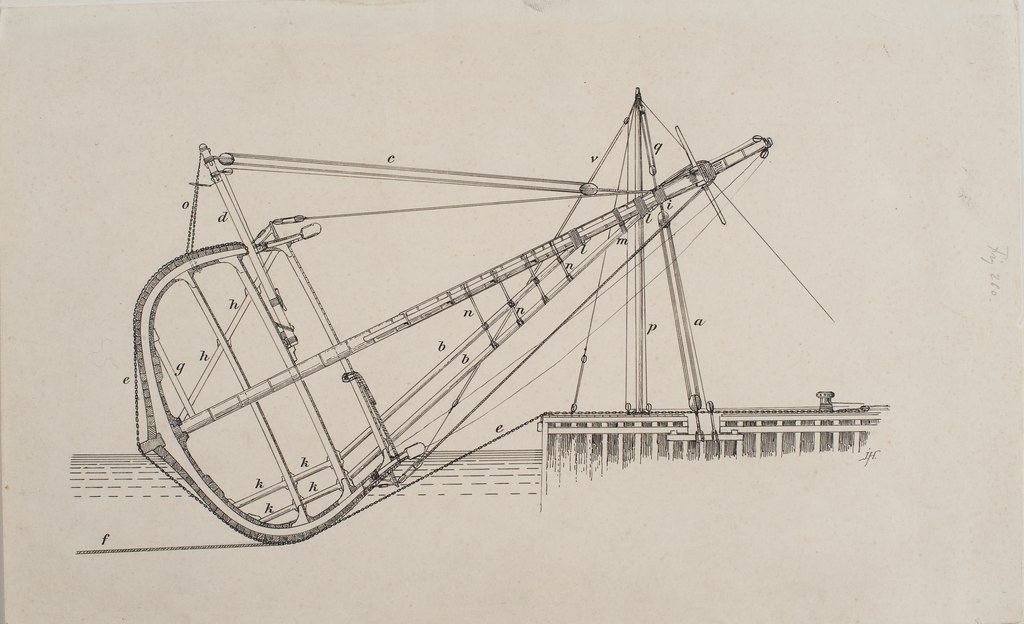
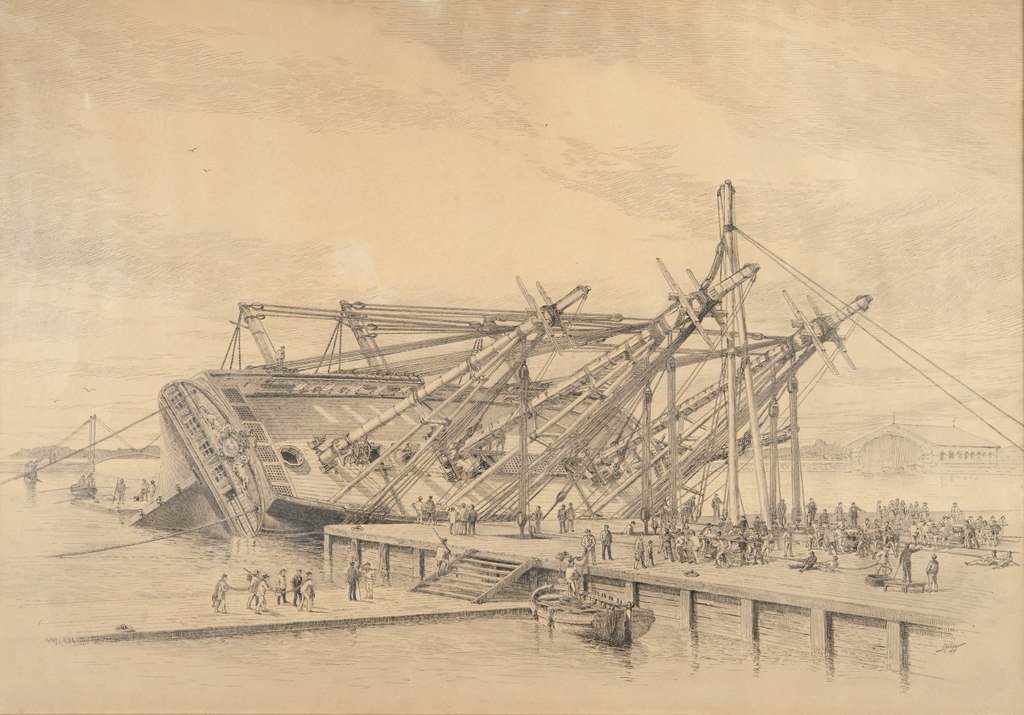
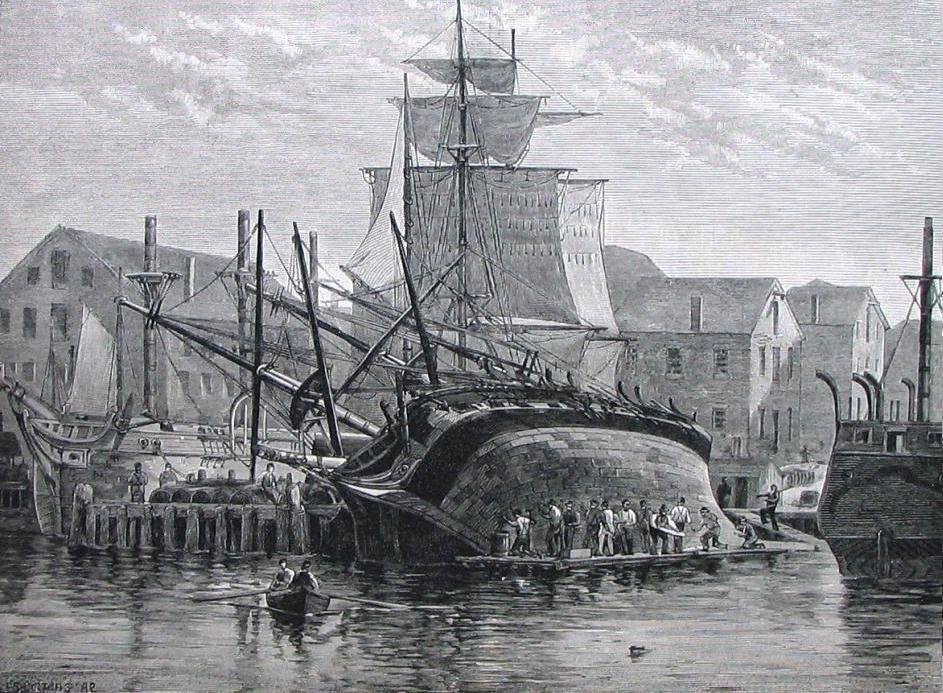
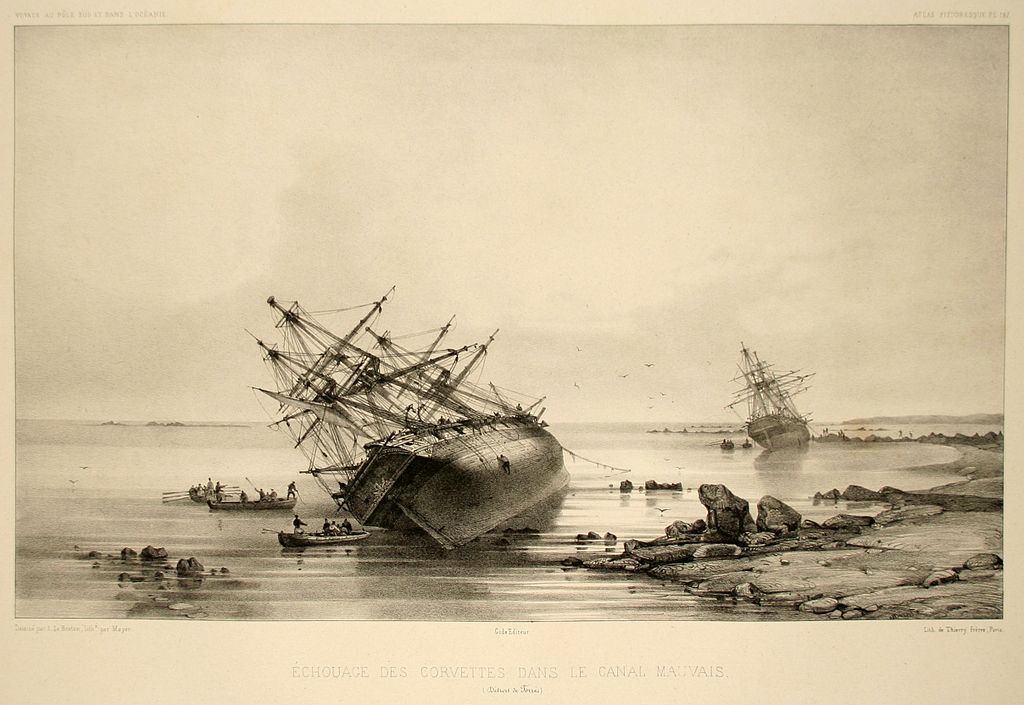
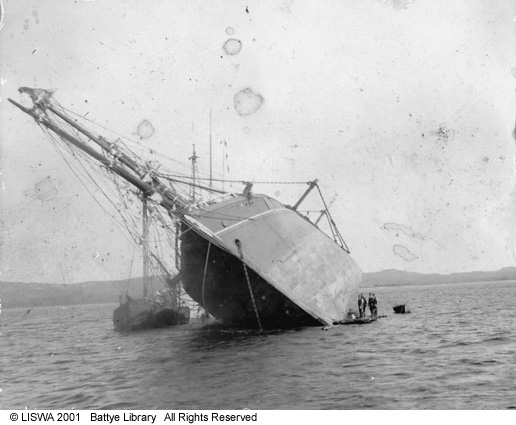
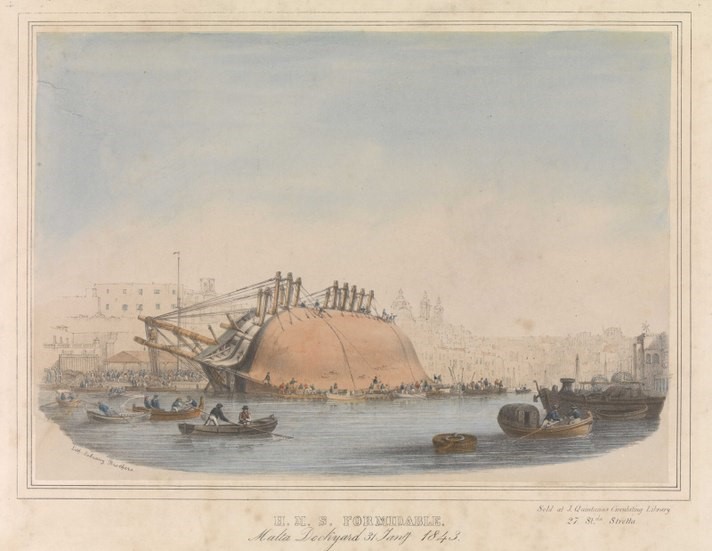



Comments